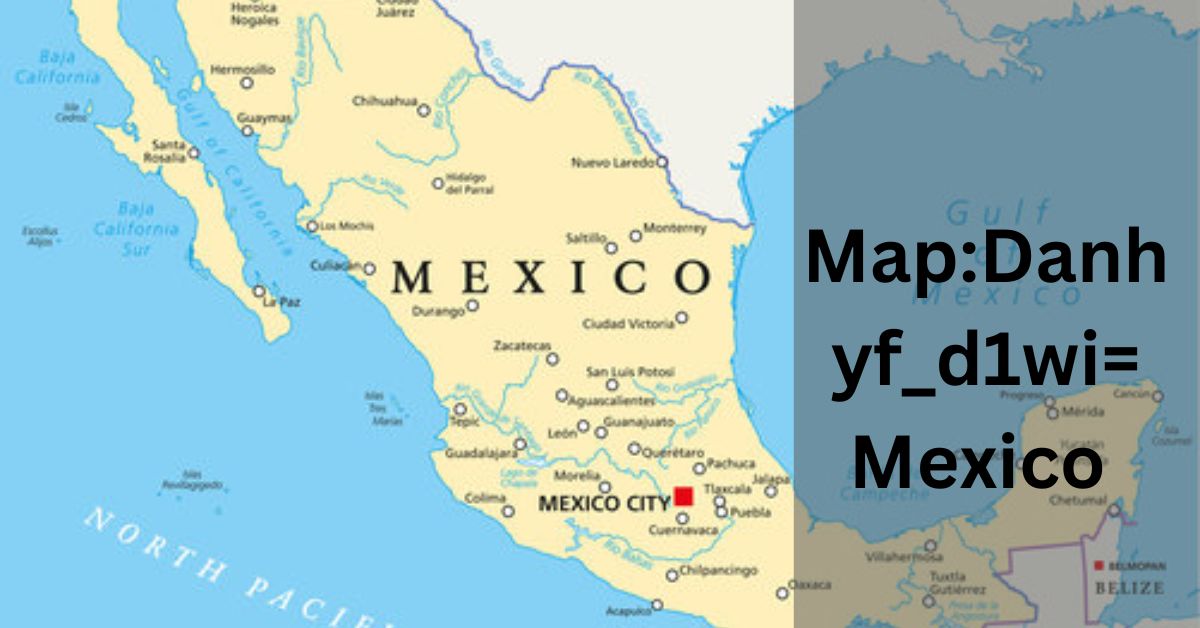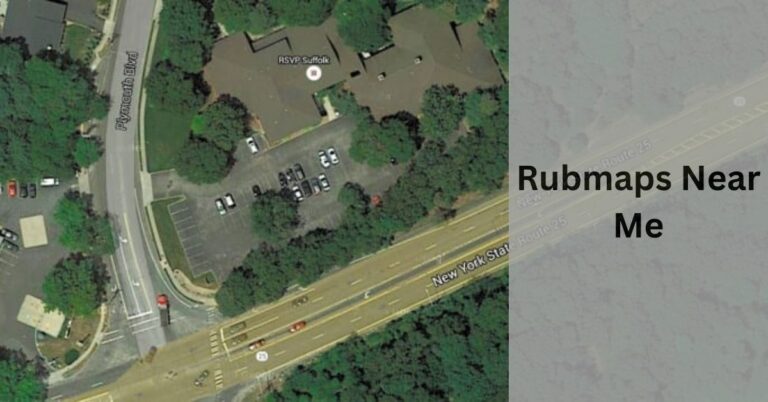Map:Danhyf_d1wi= Mexico – Click To Explore Now!
Discover how the map= Mexico transformed my travel experience! This detailed map helped me navigate hidden gems, plan routes, and avoid getting lost during my Mexico adventure. Whether exploring cities or remote areas, it became my trusted guide for an unforgettable journey.
map= Mexico is a powerful tool for exploring Mexico with ease. It offers accurate directions, highlights key landmarks, and simplifies travel planning. Perfect for travelers seeking a reliable and user-friendly navigation experience.
Understanding map= mexico!
The map= Mexico is a detailed representation of this country’s topography, emphasizing the diverse regions and unique features of the country.
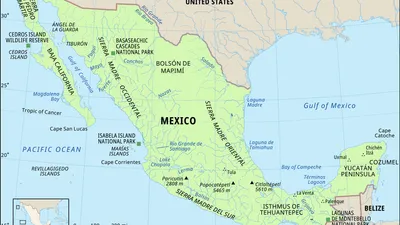
Maps of Mexico over the years reflect changes in technology, political boundaries, and urban development. Thus, you have before you cultural and geographical heritage insights from this country by viewing this map.
Major Geographical Features
Northern Mexico:
Northern Mexico is dominated by vast deserts and rugged mountains, offering a stark yet captivating landscape.
- Key Features:
- Sonoran Desert: Known for its saguaro cacti and unique wildlife.
- Sierra Madre Occidental: A mountain range rich in biodiversity and mining resources.
- Highlights:
- Copper Canyon: Larger and deeper than the Grand Canyon.
- Industrial cities like Tijuana and Monterrey, hubs of economic activity.
Central Mexico:
Central Mexico, home to the nation’s capital, is a blend of natural wonders and urban centers.
- Key Features:
- Mexican Plateau: An elevated region with fertile valleys.
- Volcanic Axis: Including Popocatépetl and Iztaccíhuatl, two iconic volcanoes.
- Highlights:
- Mexico City: The heart of the nation, known for its cultural landmarks like Zócalo.
- Colonial towns: Guanajuato and Puebla, celebrated for their history and architecture.
Southern Mexico:
The southern region of Mexico boasts lush rainforests, highlands, and ancient ruins.
- Key Features:
- Lacandon Jungle: A biodiversity hotspot.
- Chiapas Highlands: Known for indigenous communities and scenic views.
- Highlights:
- Palenque: A Mayan archaeological site.
- Oaxaca: A cultural hub with rich traditions and world-famous cuisine.
Yucatán Peninsula:
The Yucatán Peninsula is a blend of natural and historical wonders.
- Key Features:
- Underground rivers and cenotes: Unique to this region.
- Dense jungles filled with wildlife.
- Highlights:
- Chichen Itza: One of the New Seven Wonders of the World.
- Cancún and Playa del Carmen: Famous for their beaches and resorts.
Baja California Peninsula:
Stretching southward, the Baja Peninsula offers arid landscapes and marine diversity.
- Key Features:
- Gulf of California: A UNESCO World Heritage Site.
- Baja Desert: Home to unique plant species.
- Highlights:
- La Paz: A coastal paradise for eco-tourism.
- Los Cabos: Renowned for luxury and adventure tourism.
Cultural and Linguistic Diversity
Mexico is home to 68 recognized indigenous languages and a vibrant mix of traditions.
- Indigenous Communities: Concentrations of Nahuatl, Zapotec, and Mixtec-speaking populations.
- Festivals: Day of the Dead and Guelaguetza are celebrated across the map.
READ MORE: Compliância – Build Trust!
What Is the Meaning of map= Mexico?
The term “map= Mexico” likely refers to a specific map identifier or code used in online mapping systems. It is a unique reference that helps users access detailed information about locations in Mexico, such as cities, landmarks, roads, or other geographical features.
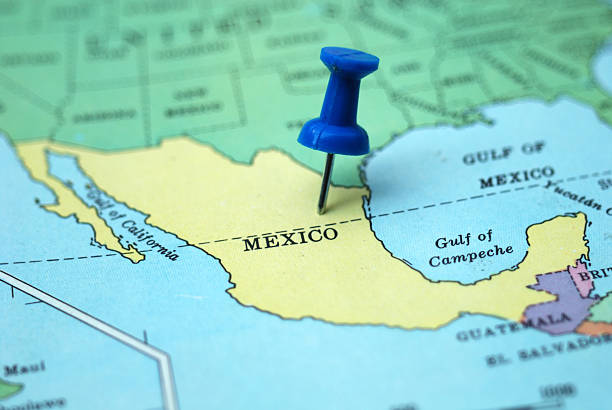
This type of code is often used in digital platforms to load specific maps or regions quickly.For example, if you are using a map application or website, entering this code might show a map centered on Mexico with highlighted areas or points of interest. It’s a helpful way to navigate or explore Mexico’s geography without manually searching for each location.
Historical Landmarks and Attractions: A Complete Guide for Travelers!
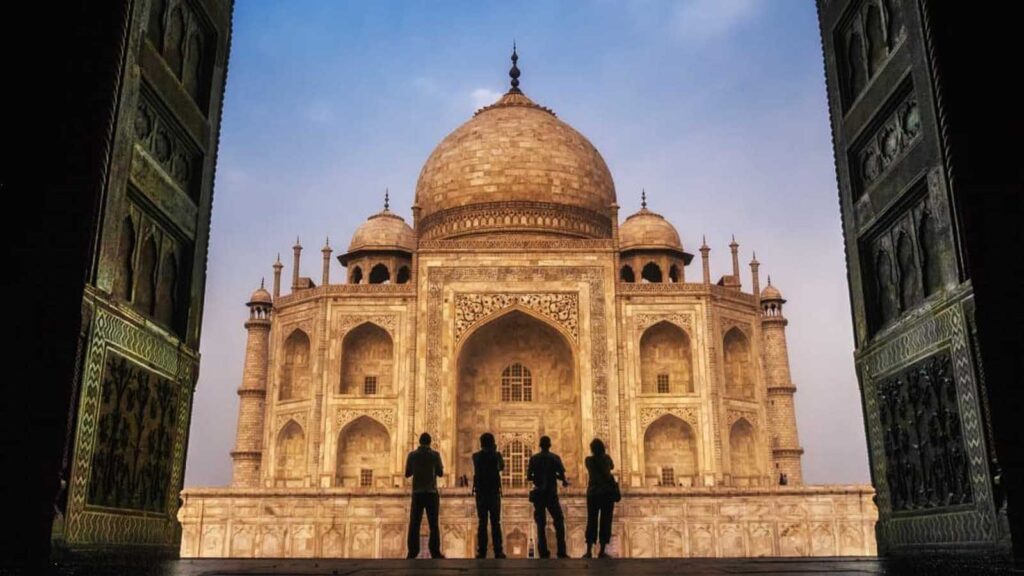
Mexico’s map features landmarks from ancient civilizations to colonial heritage.
- Mayan Sites: Tulum, Uxmal, and Calakmul.
- Aztec Legacy: Templo Mayor and Xochicalco.
- Colonial Architecture: San Miguel de Allende and Morelia.
Tourism Hotspots
- Urban Attractions: Mexico City’s Chapultepec Park and Guadalajara’s Tequila Route.
- Coastal Destinations: Riviera Maya, Puerto Vallarta, and Mazatlán.
- Adventure Tourism: Ziplining in Chiapas and whale watching in Baja.
Economic Regions and Infrastructure
- Industrial Areas: Monterrey (manufacturing) and Tabasco (oil).
- Agricultural Belts: Regions producing avocados, corn, and tequila.
- Transportation Networks:
- Pan-American Highway and Tren Maya (railway under development).
Natural Resources and Conservation Areas
- Rivers: Rio Grande, Rio Balsas, and Rio Grijalva.
- Lakes: Lake Chapala, the largest freshwater lake.
- Protected Areas: Monarch Butterfly Reserve and Sian Ka’an Biosphere Reserve.
Climate Zones and Their Impact
Mexico’s climate varies widely due to its topography.
- Deserts: Northern arid zones with minimal rainfall.
- Tropical Areas: Southern rainforests with rich biodiversity.
- Temperate Zones: Central highlands ideal for farming.
Regional Cuisines and Culinary Heritage
- Northern Mexico: Carne asada, burritos.
- Central Mexico: Tacos al pastor, mole poblano.
- Southern Mexico: Oaxacan mole, tamales.
- Coastal Delights: Ceviche and seafood cocktails.
Festivals and Cultural Events
- Day of the Dead: Marked on the map with key celebrations in Michoacán and Oaxaca.
- Carnival: Celebrated widely, with notable events in Veracruz and Mazatlán.
Tips for Exploring Mexico Using a Map
- Use GPS apps or Google Maps for navigation.
- Study regional topography to plan better routes.
- Note climatic conditions while traveling.
Can I Use map= Mexico Offline?
Using map= Mexico offline depends on the platform or app providing the map. Some map services, like Google Maps, allow users to download specific areas for offline use. If this map code is linked to such a service, you might be able to save the map of Mexico to access it without an internet connection.
To check, open the map app or website, search for the map code or Mexico, and look for an option to download the map. Once downloaded, you can view the map, find locations, and even get basic directions offline.
READ MORE: Financial Planning: Your Roadmap to Financial Freedom
FAQs:
What is map= mexico?
The term map= mexico refers to a detailed representation of Mexico’s geography, highlighting its natural features, cultural landmarks, and regional diversity.
Which regions of Mexico are must-visit?
Must-visit regions include the Yucatán Peninsula for Mayan ruins, Baja California for its coastal beauty, and Central Mexico for its colonial charm and vibrant cities.
How do geography patterns differ across regions in Mexico?
The geography in Mexico varies from north deserts to central volcanic plateaus, and to the south tropical rainforests and coastlines. The attractions and experiences differ from one region to the other.
What are the major forms of transport in Mexico?
Mexico has a highway network, railways such as the Tren Maya, and airports like in Mexico City and Cancún for international travel, hence ensuring connectivity.
Why is Mexico culturally diverse?
The multi-cultural nature of Mexico was derived from rich indigenous origin, colonial past, and regional traditions. That indigenous diversity finds reflection in indigenous languages, festivals, and cuisines.
Conclusion:
Exploring map=mexico reveals that Mexico consists of incredible diversity, from its geography and cultural richness. From the arid deserts to towering mountain ranges, from lush rainforests to pristine coastlines, each region has a unique story.
Whether you’re a traveler planning an adventure or someone fascinated by Mexico’s heritage, understanding its map offers unparalleled insights into the heart of this remarkable country.
READ MORE:

